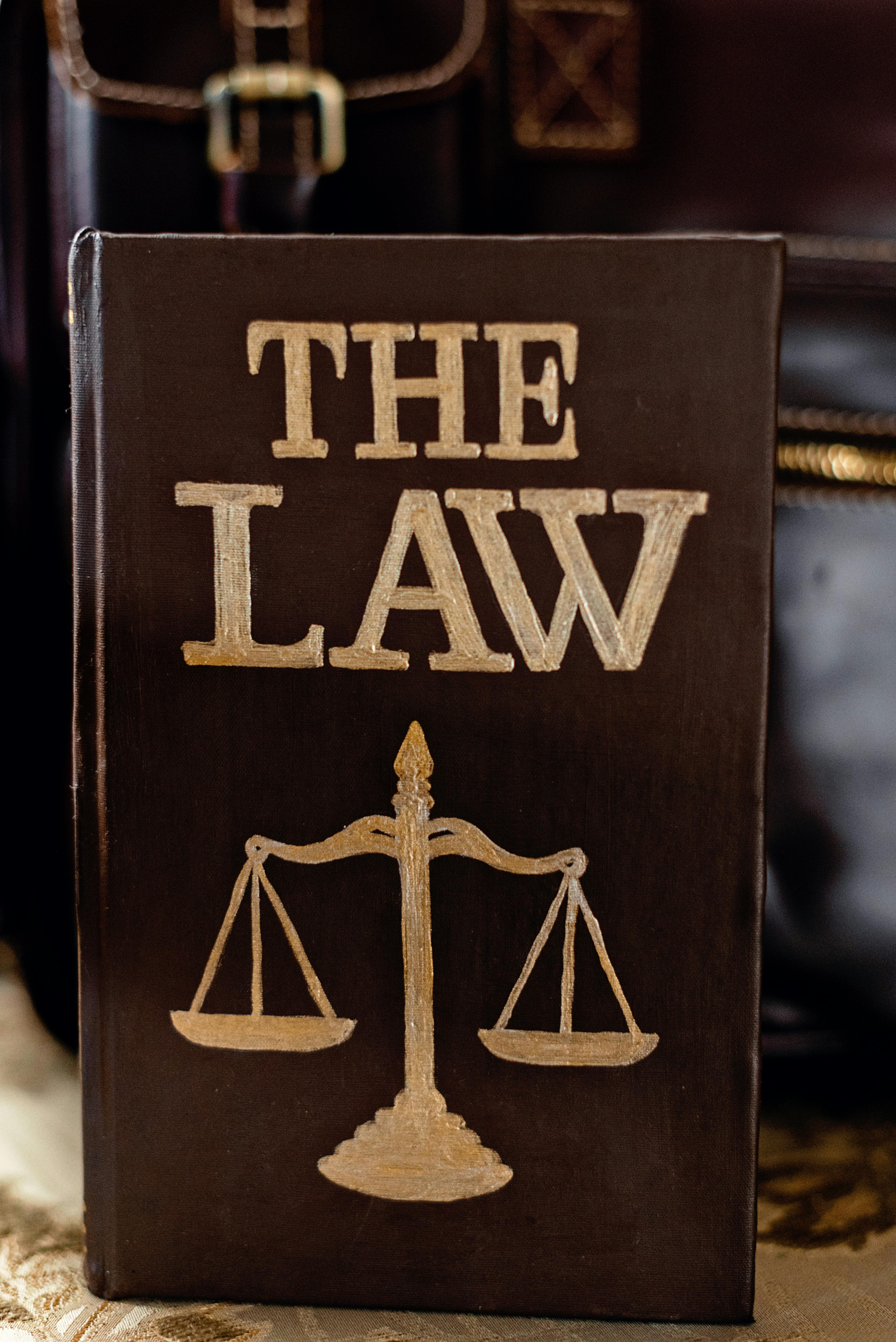Understanding Enforcement Procedures in Homeowners Associations (HOAs)
Homeowners Associations (HOAs) play a significant role in maintaining the aesthetics, property values, and communal harmony within residential communities. Central to their function is the enforcement of rules and regulations set forth in their governing documents. However, the enforcement procedures can sometimes be a source of confusion or contention among residents. In this blog, we delve into the enforcement procedures in HOAs to shed light on how they work and what homeowners should know.
1. Clear Communication of Rules and Regulations
Effective enforcement starts with clear communication. HOAs typically provide homeowners with copies of governing documents, including covenants, conditions, and restrictions (CC&Rs), bylaws, and rules and regulations. It's crucial for homeowners to familiarize themselves with these documents to understand their rights and obligations.
2. Violation Notices
When a homeowner violates a rule or regulation, the HOA will typically issue a violation notice. This notice outlines the nature of the violation, the specific rule or regulation being violated, and any actions required to remedy the situation. It's essential for homeowners to respond promptly to violation notices and take appropriate corrective action.
3. Opportunity for Cure
In many cases, HOAs provide homeowners with an opportunity to cure the violation before further action is taken. This may involve rectifying the violation within a specified timeframe or attending a hearing to discuss the matter with the HOA board or its designated enforcement committee.
4. Fines and Penalties
If a homeowner fails to address the violation within the specified timeframe or disputes the violation, the HOA may impose fines or penalties. These fines are typically outlined in the governing documents and may escalate for repeat violations or failure to comply.
5. Alternative Dispute Resolution
In some instances, disputes between homeowners and the HOA regarding enforcement actions may arise. Many HOAs offer alternative dispute resolution mechanisms, such as mediation or arbitration, to resolve conflicts without resorting to costly litigation.
6. Suspension of Privileges
In severe cases of non-compliance, the HOA may suspend certain privileges or amenities for the offending homeowner. This could include access to common areas, recreational facilities, or voting rights in HOA elections.
7. Legal Action
As a last resort, the HOA may pursue legal action against homeowners who persistently violate the rules or fail to comply with enforcement actions. This could involve seeking injunctive relief, monetary damages, or placing liens on the homeowner's property.
8. Due Process
Throughout the enforcement process, it's essential for HOAs to uphold principles of due process and procedural fairness. This includes providing homeowners with adequate notice of violations, an opportunity to be heard, and the right to appeal enforcement decisions.
Conclusion
Enforcement procedures are a vital aspect of maintaining order and harmony within homeowners associations. By understanding these procedures and their rights and responsibilities, homeowners can contribute to a thriving and well-managed community. Effective communication, fairness, and adherence to established processes are key to ensuring that enforcement actions serve their intended purpose while fostering a sense of community among residents.


